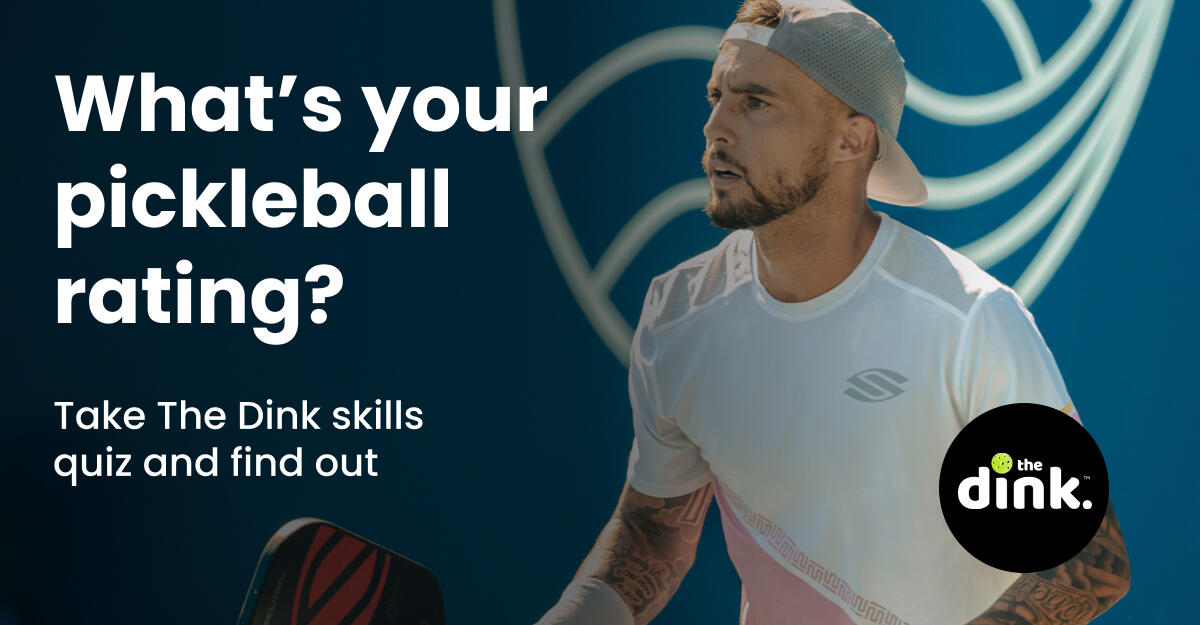
How Playing the Percentages in Pickleball Can Help You Win More Matches
Pickleball players must make several snap decisions during every point – where to aim, what shot to use, which player to hit the ball toward, etc.
Within those decisions are micro decisions – forehand or backhand, flick or push, aim for opponent's ankle or the sideline, etc.
With a seemingly endless number of decisions to make and little to no time to make them, it's a wonder we ever choose correctly.
When faced with these moments, it's important to understand that some decisions are considered high-percentage (meaning they are easier shots to make) while others are considered low-percentage (riskier shots).
This concept is important because winning pickleball players choose high-percentage shots more often.
We'll help you define what high-percentage shots are and provide some guidance for how you can use them to improve your win-loss record.
How experience and repetition shape our game
Neurotensin is a signaling molecule in our brains that helps associate positive or negative feelings with certain situations.
This is how we learn not to touch a hot stove again or that ice cream is always going to be delicious.
In pickleball, it's one of the reasons we are able to make snap judgments.
On a subconscious level, we remember the shots we've taken in specific situations and whether they had a positive or negative outcome.
We use that experience to inform us on every play.
Most of the time, this is a good thing. We choose a good shot, make it successfully, and win a point. We learn to hit that shot in that situation again and again.
But what happens when we choose a bad shot but get away with it?
Well, we make a point to try that shot again too.
If you've ever hit a shot and lost a point because of it and immediately thought to yourself, Why the heck did I even try that?, it's likely because you remembered a time when you got away with that exact shot in a similar situation. Your opponents may have even cheered your success, further cementing it in your brain as a positive experience.
Your brain (and shot selection) is stuck in a feedback loop, and the only way to get out of it is to put in the work.
First, we have to understand which shots we should be taking and which ones we should probably save just for when we need them.
Which shots are high or low percentage?
Before we get too far into labeling different shots, it's important to note that almost any shot can be called a high- or low-percentage shot, depending on a number of factors (e.g., your skill level, your opponents' skill levels, game conditions, optimum strategy, etc.).
Consider these labels as a general rule of thumb that's true most of the time.
Common high-percentage shots
These shots are typically considered easier to execute for most players:
- Dinks, especially middle dinks
- Drives (at around 75 percent max power)
- Overhead slams
- Speedups through the middle
- Lobs
- Any shot where the ball is above the level of the net
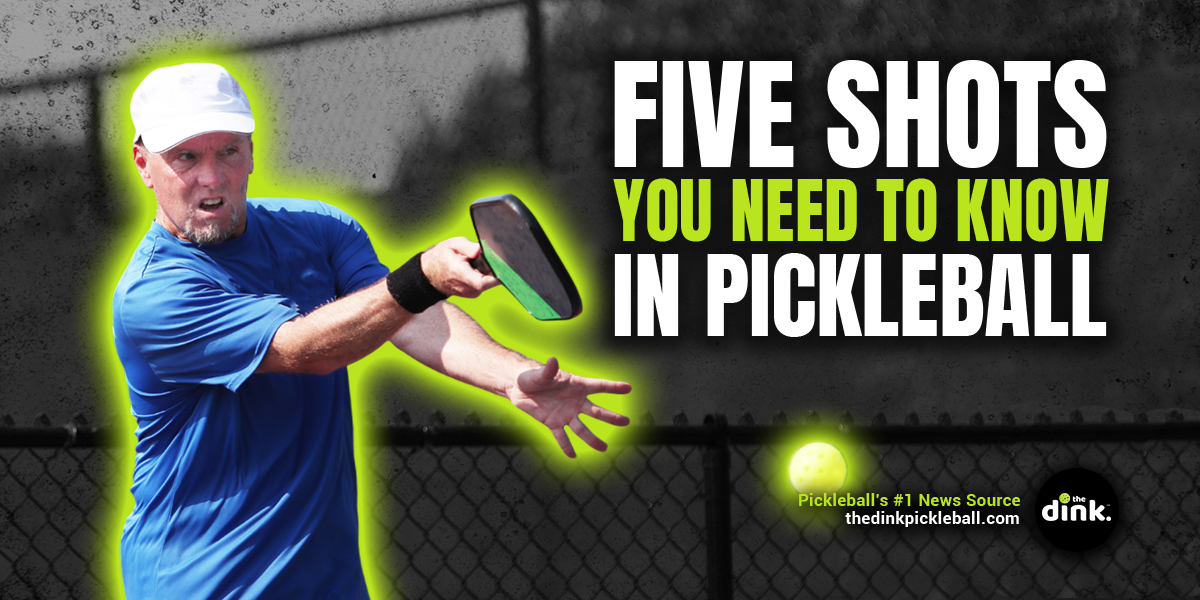
Common low-percentage shots
These can be considered low- (or lower-) percentage shots:
- The Erne
- Around-the-post (ATP)
- Drop shots (because they require more touch and finesse)
- Down-the-line speedups - due to the net being higher at sides
- Backhand flicks
- Any shot where the ball is below the level of the net
Make fewer mistakes, win more games
Watch coverage of a Ben and Collin Johns match, and you'll likely hear the commentator say something like, "They're not flashy; they just do everything right."
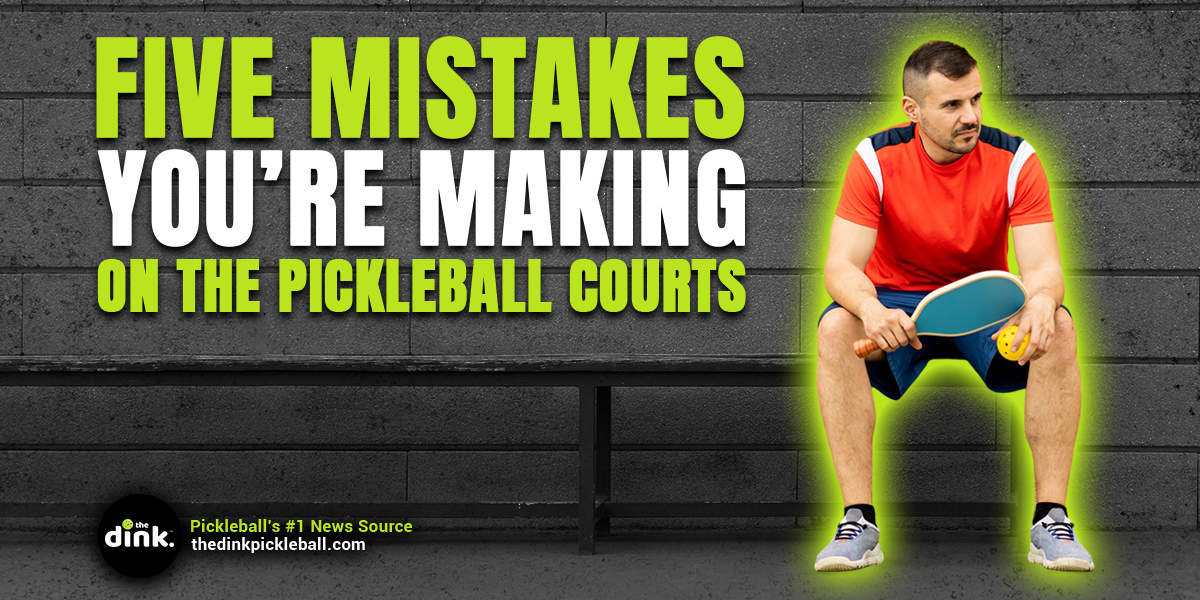
In fact, this is true for most great players, regardless of their sport.
Tom Brady, Tiger Woods, and Roger Federer were all known for just being technically consistent and executing solid fundamentals no matter how big the moment was.
Great players know they don't need to play uber-aggressively or try acrobatic shots – even though they have the skills to do so. Instead, they focus on remaining steady throughout the match, hitting high-percentage shot after high-percentage shot, and forcing their opponents into mistakes.
Their consistent (and sometimes boring) play dictates the match.
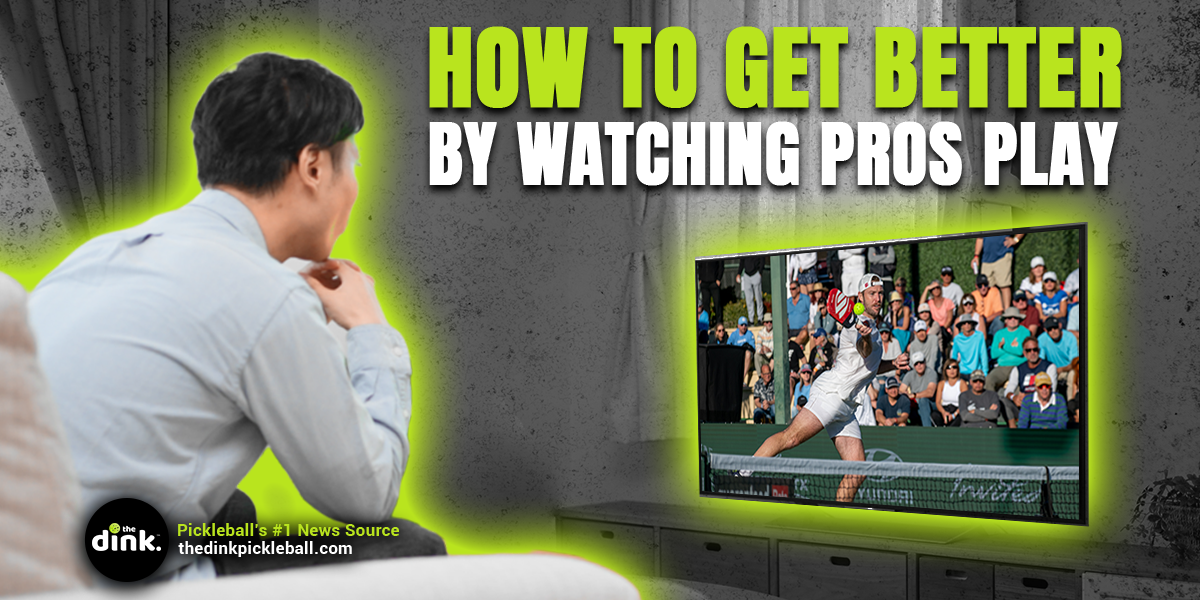
When they are calm and collected, their opponents become anxious.
Anxiety is what causes us to think we need to end a point quickly or try something we've only been successful at maybe once or twice.
Great pickleball players know their limitations and how to focus on just getting one more ball back over the net.
Tips for taking more high-percentage shots
Hopefully, you now understand the difference taking more high-percentage shots can make in your pickleball game. Here are five tips to help you add more of them and remove some of the low-percentage ones that are costing you matches.
Stop trying Ernes and ATPs
We've all played with someone who goes for an Erne or ATP every chance they get. Sure, it's awesome when it hits, but when it doesn't we are left to clean up the mess.
There is a time for each of these shots, and at some point, you'll want to learn and develop them. But, if you're trying to win, it might be best to remove them completely.
Hit more balls toward the middle
"Middle solves the riddle."
It's a saying that you've most definitely heard if you've been playing pickleball for any amount of time. Hitting balls toward the middle of the court is almost always a safe option.
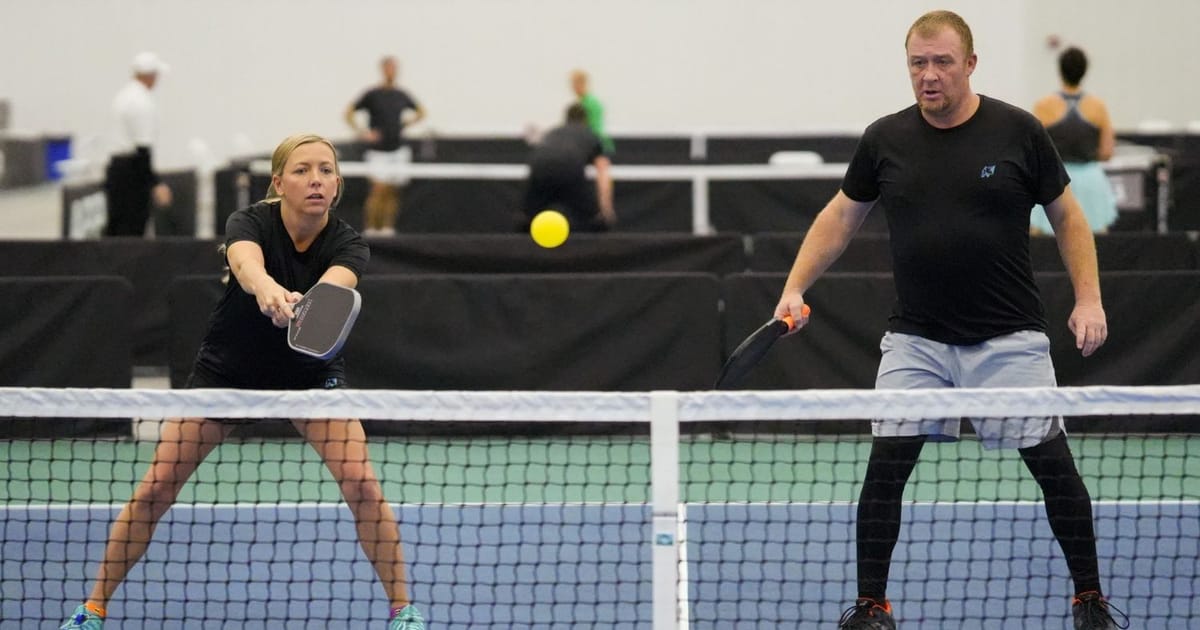
There is more space, and many players don't know how to attack properly from the middle. Also, the net is shorter in that area, giving you more room for less-than-perfect shots.
What that riddle is that everyone seems to elude to? Who knows.
Aim for your opponent's backhand and ankles
Many players make the mistake of aiming for a sideline or driving balls too hard. Instead, aim for your opponent's backhand or their ankles.
This slight target change gives you more room for error and forces your opponent into a tough situation to defend.
Think: "One more ball"
The best pickleball defenders have an "I'm going to force my opponents to hit one more ball" mentality.
They don't worry about hitting perfect resets back into the kitchen. They just get that one more ball back over the net. Eventually, your opponents will start feeling the pressure to put the ball away and will overhit the ball or try an angle they shouldn't have.
Don't think perfection, think "one more ball."
Adopt a "Defense to Neutral" mentality
Sometimes, our opponents hit a really good shot. We need to recognize these moments because, against a good, offensive shot, we shouldn't try to attack or come back with offense.
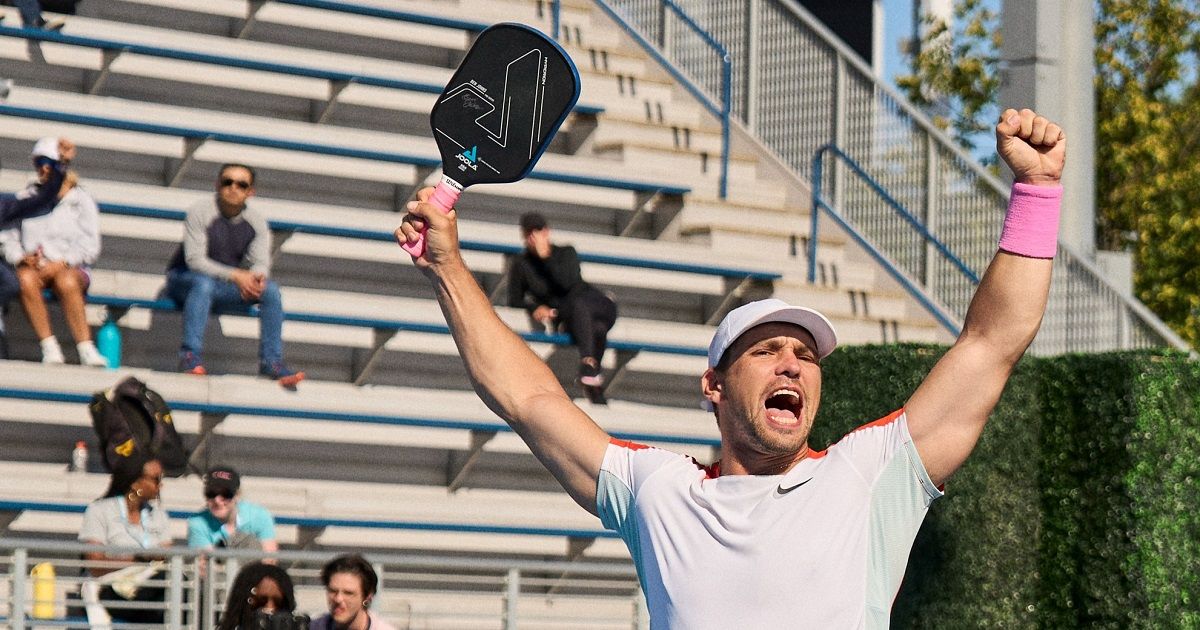
An example of this is when someone hits a good dink that forces us wide. Instead of hitting a safe reset dink into the middle of the kitchen, we decide to attack with a speedup or a crosscourt dink.
When you find yourself on defense (meaning pulled wide, off-balance, or in the transition zone), try to neutralize the point rather than attacking and trying to win it.
Do these things, and you might just surprise yourself with how much better you play, how much longer your rallies are, and how often you're on the winning side.
